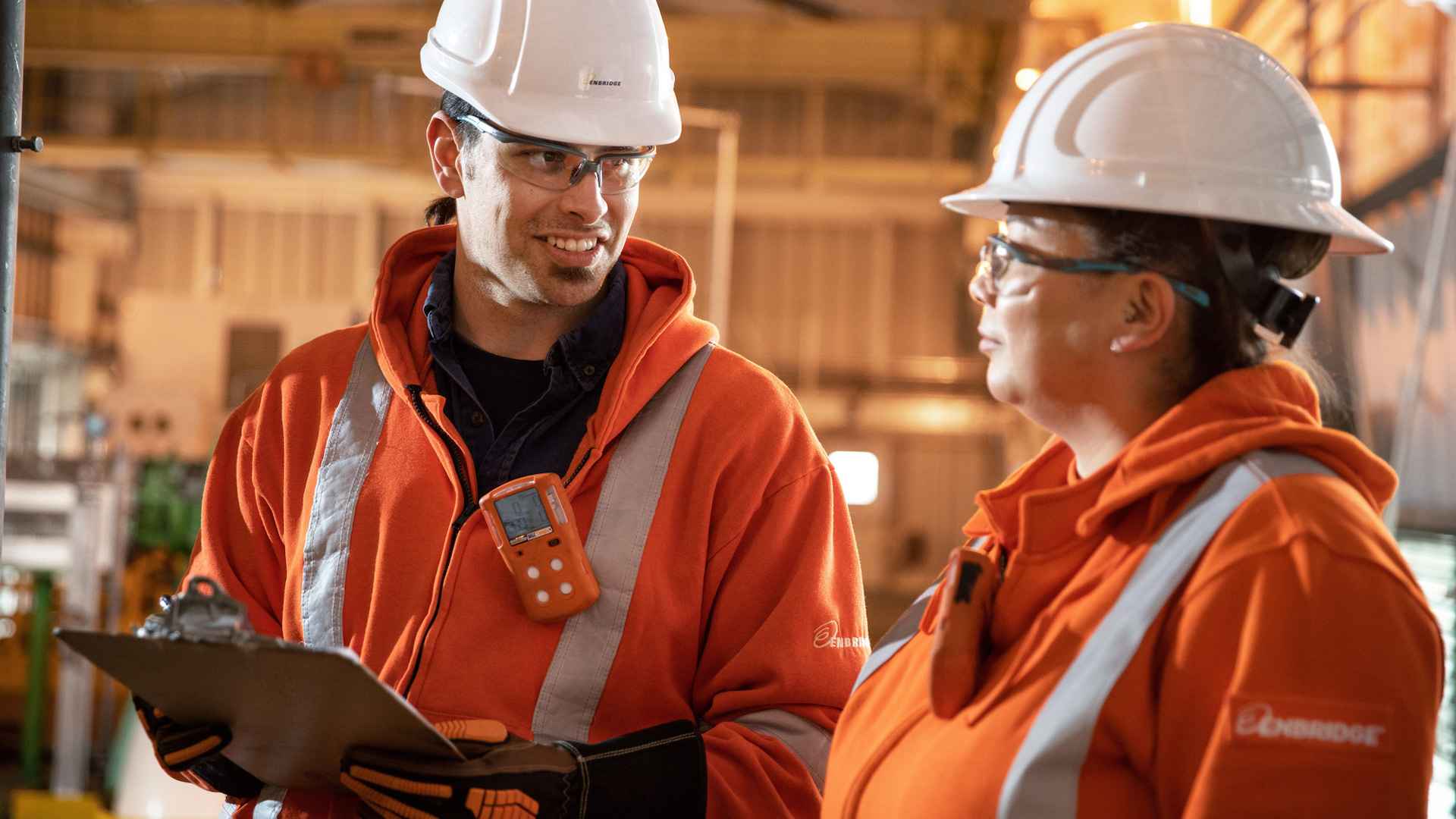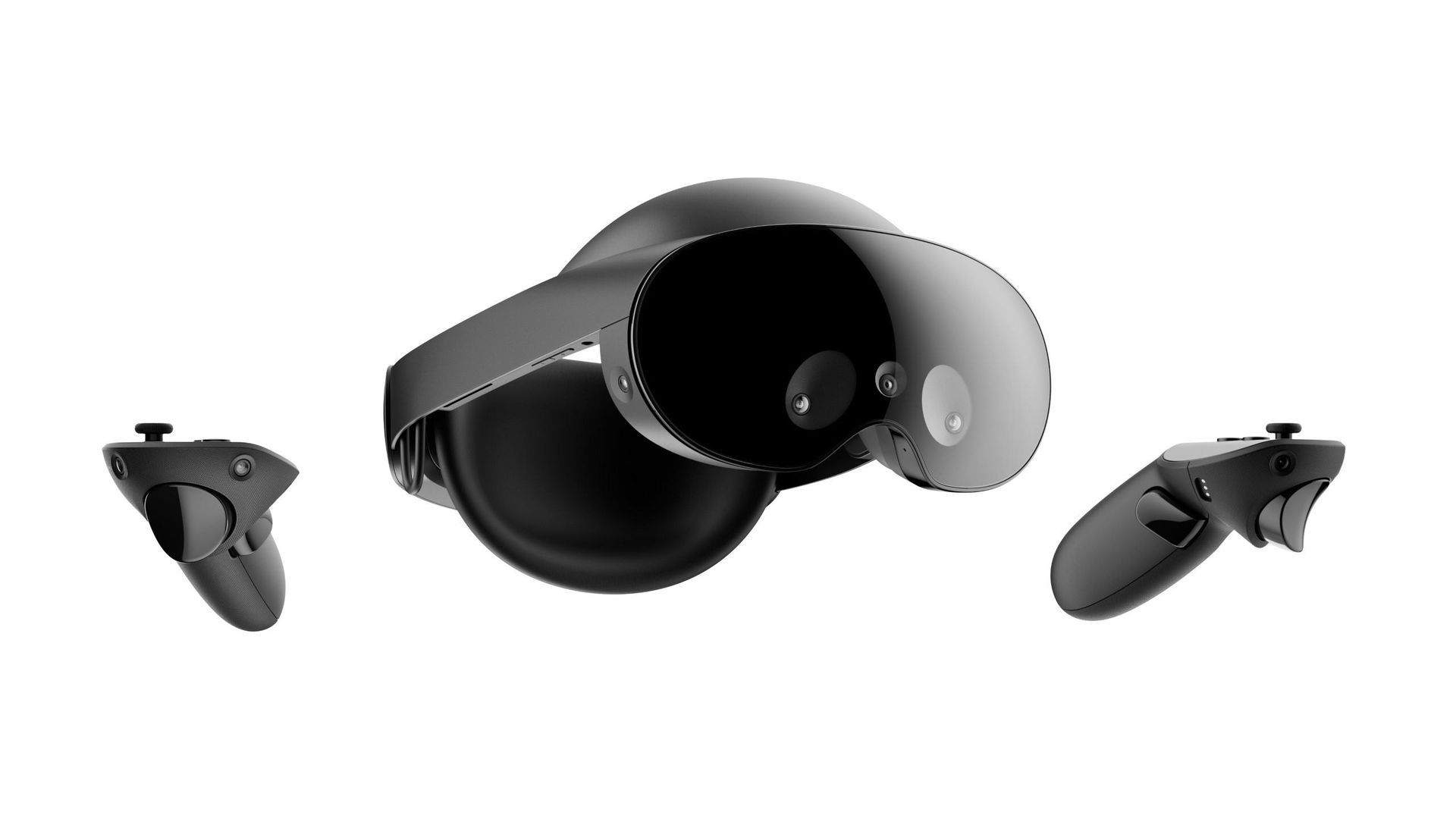| | | | | | | Presented By Enbridge | | | | Axios What's Next | | By Joann Muller, Jennifer A. Kingson and Alex Fitzpatrick · Oct 12, 2022 | | A transformational change is afoot at one of the country's oldest automakers, Joann reports today — an early sign of what's to come as the world decarbonizes. Today's newsletter is 1,167 words ... 4½ minutes. | | | | | | 1 big thing: GM's electric future goes beyond cars |  | | | Illustration: Sarah Grillo/Axios | | | | GM is transforming into more than an electric car company, Joann Muller reports. It's becoming a diversified energy company — selling battery technology and energy management services to power not just cars, but also trains, boats, commercial equipment and buildings. Why it matters: Parlaying its battery and fuel cell expertise into other uses is a natural extension for GM, which aims to double annual revenue to $280 billion by 2030. What's happening: The automaker is creating a new business unit, GM Energy, that will sell energy storage and management services to residential and commercial customers. - With GM's new offerings, electric vehicle (EV) owners would be able to use their cars to power their homes during an outage, for example, or earn money by selling energy back to utilities during peak consumption periods.
- GM will also sell large, stand-alone batteries to commercial customers to store and manage power. (GM rival Tesla has had a solar energy and storage business for many years.)
Details: In one GM Energy initiative, the automaker is partnering with SunPower, a leading solar energy company, to sell a home energy system that will integrate EVs, solar panels and energy storage. - The system will become available with the launch of the 2024 Chevrolet Silverado EV, which begins production in fall 2023.
The big picture: It's all part of GM's broader strategy to build an EV ecosystem — batteries, charging, connectivity and energy management — that it can supply to other industries as well. What they're saying: "This is a business model that is right in front of us," says GM vice president Travis Hester, who leads the company's EV growth initiatives. - While other players are "piling in," he said, few have a full ecosystem that includes tech such as bidirectional charging and cloud-based energy management.
- "One day people are going to see GM as a tech company that can lead in these multiple areas where we have core competencies," Hester tells Axios.
Between the lines: GM's new unit is essentially selling energy security at a time when the grid seems increasingly unstable. - The U.S. lost $150 billion in commerce last year due to power failures.
- In California alone, there were 25,000 blackouts lasting more than an hour in 2021, resulting in $15.5 billion in lost business.
Of note: Hester says GM's network of dealers will help market the company's home energy systems when they sell EVs, potentially earning commissions. The bottom line: Everything is going electric, and GM wants to power it all. Share this story. |     | | | | | | 2. THOR's day |  | | | Photo courtesy of Verizon | | | | Hurricane Ian gave Verizon its first chance to deploy its new heavy-duty emergency communications truck in the aftermath of a natural disaster, Alex Fitzpatrick reports. - Called THOR — that's for "Tactical Humanitarian Operations Response" vehicle — the modified Ford F-650 uses satellite tech to broadcast a 5G wireless signal, packs an onboard drone for aerial reconnaissance and more.
Why it matters: It can take days or even weeks to restore power after natural disasters like hurricanes and earthquakes, making it harder for emergency services to coordinate as they search for survivors. Details: Verizon used THOR to provide coverage in Florida's hard-hit Fort Myers Beach before moving the vehicle to a nearby staging area where National Guard troops and others have been prepping for their missions, says Cory Davis, assistant vice president of Verizon Frontline. Be smart: As Joann has reported, Verizon and other telecoms have spent the past few years rolling out lots of THOR-style tech, such as drones that work as airborne cell towers, called "Flying COWs." - The idea, Davis tells Axios, is to help emergency responders when disaster strikes — especially those with tight budgets.
- "We are seeing more of these agencies using satellite technology, but there's still obviously a huge, huge need from a public-private partnership perspective."
|     | | | | | | 3. TikTok takes aim at Amazon |  | | | Illustration: Annelise Capossela/Axios | | | | TikTok is planning to build its own U.S. product fulfillment centers, more than a dozen new job openings indicate, Axios' Sara Fischer reports. Why it matters: The move signals TikTok's commitment to e-commerce as its next major moneymaker. Details: According to the job postings, TikTok is looking to build an "e-commerce fulfillment system" with international warehousing, customs clearing and supply chain systems. The big picture: TikTok's meteoric growth, which has already taken its toll on Meta's Facebook and Instagram, has also begun to pose a threat to companies such as Amazon and Google. Read the rest. |     | | | | | | A message from Enbridge | | Building bridges and progress together | | |  | | | | Economic equity, jobs, education and environmental stewardship are a few ways Enbridge is working with Indigenous peoples on the energy transition. Why it's important: We can go further together. Read more about our Indigenous Reconciliation Action Plan. | | | | | | 4. How the pandemic changed the PC biz |  | | | Photo illustration: Allie Carl/Axios. Photo: Microsoft | | | | The pandemic didn't just boost long-flagging computer sales — it also helped reinvigorate the PC as a critical communications tool, Microsoft's chief product officer Panos Panay recently told Axios' Ina Fried. Why it matters: Sales of new computers have slowed significantly in recent months, but usage remains at record levels. By the numbers: In making his case, Panay shared stats that he says outline the broader role Microsoft Windows is playing for everyone from workers to families: - More people are using Windows than ever before — a 20% monthly increase vs. pre-pandemic.
- More time is being spent on Windows PCs: On average, people are spending 10% more time on each PC vs. pre-pandemic.
Yes, but: The pandemic-fueled PC buying spree is increasingly looking like a blip rather than a sustainable boost. - Just last week, AMD warned of an earnings shortfall, blaming a weaker-than-expected PC market.
- And a fresh IDC report says computer sales were down 15% year-over-year in the third quarter, though they remain above pre-pandemic levels.
"I'm not saying there aren't headwinds," Panay acknowledged. Read the rest. |     | | | | | | 5. One fun thing: Meta's $1,500 VR headset |  | | | Photo courtesy of Meta | | | | Facebook parent Meta on Tuesday launched the Meta Quest Pro, a $1,499 virtual reality headset designed to be more powerful and comfortable than past devices, Ina reports. Why it matters: Quest Pro is the first major product launch during Mark Zuckerberg's campaign to "build the metaverse," announced a year ago. - Meta is looking to the new device to prove that VR is the future of computing, not just a niche gaming technology.
Details: The new headset uses so-called pancake optics, allowing for thinner and lighter lenses. It's also much more capable of blending the real and virtual worlds. - The new optics allow for more pixels, making text easier to read — critical for Meta's pitch that VR can be useful at work.
- The Quest Pro packs a new Qualcomm processor along with new sensors designed to, among other things, capture facial expressions to help make avatars more realistic.
- Meta has also improved the controllers, making them more versatile and the batteries rechargeable.
Reality check: Even those bullish on the metaverse acknowledge VR devices have a long way to go before they appeal to the masses. Read the rest. |     | | | | | | A message from Enbridge | | Understanding the past helps us embrace the future | | |  | | | | We believe business can play a critical role in advancing Indigenous reconciliation. - Acknowledging the truth and learning from Indigenous history paves the way for reconciliation and a more equitable tomorrow.
Learn more about Enbridge's journey and commitment to building a better future. | | | | A hearty thanks to What's Next copy editor Amy Stern. Was this email forwarded to you? Get your daily dose of What's Next by signing up here for our free newsletter. |  | | Are you a fan of this email format? It's called Smart Brevity®. Over 300 orgs use it — in a tool called Axios HQ — to drive productivity with clearer workplace communications. | | | | | | Axios thanks our partners for supporting our newsletters. If you're interested in advertising, learn more here.
Sponsorship has no influence on editorial content. Axios, 3100 Clarendon Blvd, Arlington VA 22201 | | | You received this email because you signed up for newsletters from Axios.
Change your preferences or unsubscribe here. | | | Was this email forwarded to you?
Sign up now to get Axios in your inbox. | | | | Follow Axios on social media:    | | | | | |
Post a Comment
0Comments